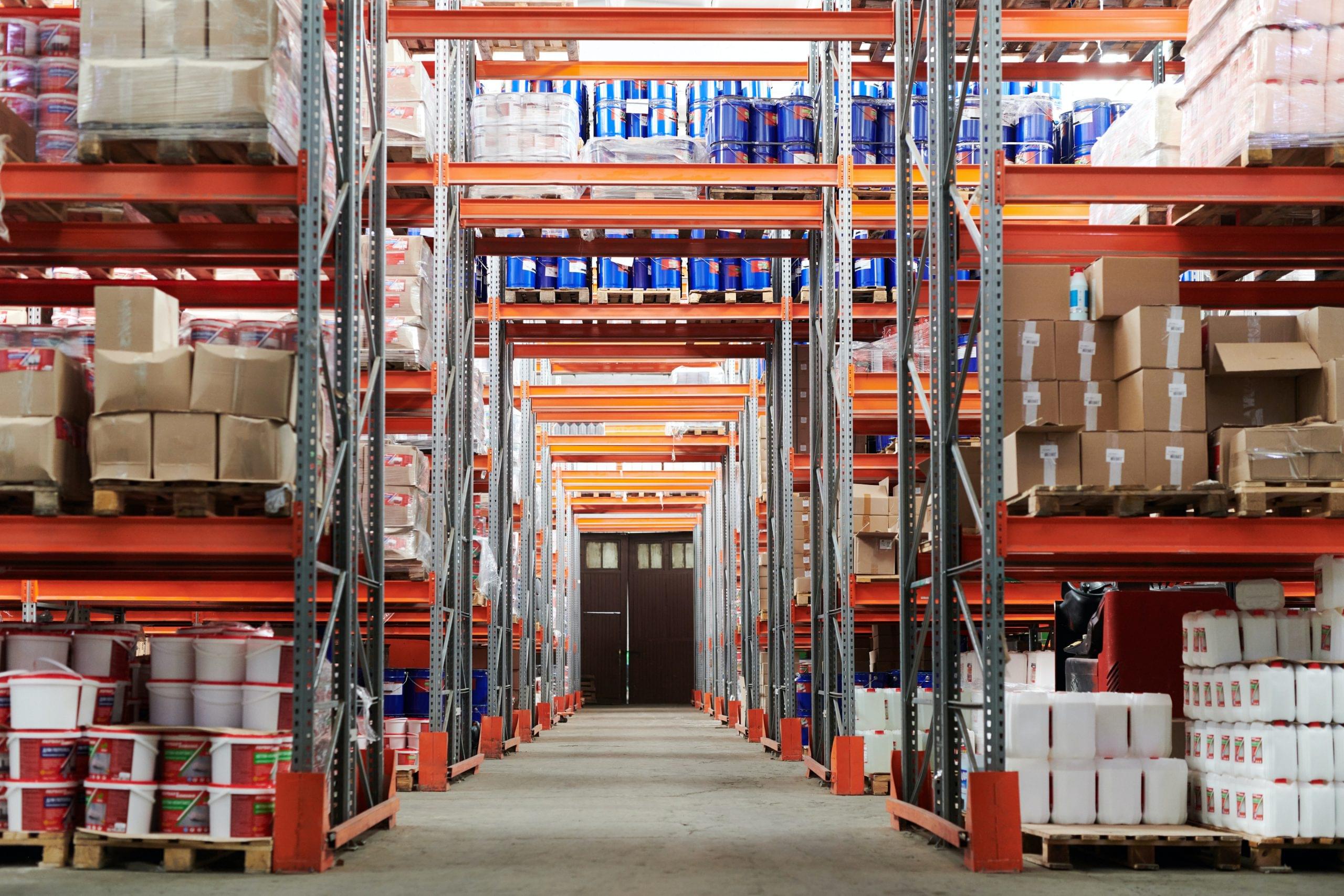Automation is pivotal to warehouse operations
Relentless eCommerce trends continue to put tremendous strain on distribution and fulfilment operations worldwide. A new Honeywell report reveals once-predictable consumer demand cycles centred around holidays and “peak seasons” have given way to a model where any month, week or day can be a holiday.

Automatisation is an increasing need for warehouse companies
Future-Proofing the Global Economy, authored by Futurum Research, examines the importance of automation as an increasingly critical component in helping warehouse and distribution centre (DC) operators meet new escalation points in consumer demand.
“One of the biggest predictors of how a business will thrive in the hypercompetitive e-commerce and omnichannel marketplace is how well it improves its decision making in real time to make deliveries faster and more accurate,” said Keith Fisher, president of Honeywell Intelligrated. “With rising service level agreements dictating order fulfilment process improvements, automation can help bring stability, predictability and potentially unlock greater efficiency to their operations.”
The analysts at Futurum Research developed the report after sitting down with a group of industry leaders with deep, global experience in warehouse operations, automation technologies and systems implementation to hear first-hand of their experiences and thoughts on the future of warehouse automation. Three recommendations emerged from the interviews as businesses navigate challenges both present and future along their automation journey:
- Focus on augmenting and securing, not replacing the worker. While the concept of a dark warehouse exists on the horizon, the reality today is that the future of warehouse and DC operations for the foreseeable future is one where workers and automation technologies are both needed and must co-exist.
- Constantly challenge assumptions and technologies. The value of automation should not be limited to just automating existing takes or processes, it should be part of an overall strategy that addresses the issues of what tasks can be automated today while also asking what new tasks or processes might be possible tomorrow.
- Invest with a long-term focus for both technologies and partners. In a static or slow growth market, the application of automation technologies to address specific short-term needs may make sense. However, the rapidly growing and evolving market of today requires a much longer focus and a more rigorous framework.
The report also explores how the ongoing pandemic, global trade issues and regional conflicts have created long-term disruptions to the historically predictable throughput and capacity of warehouses and DCs.
Related news
GKI analysis: Labor productivity in the manufacturing industry is close to stagnation
Sorry, this entry is only available in HU.
Read more >This Christmas shoppers will be using technology to hunt for the best deals
In the 2023 Christmas season online sales are estimated to…
Read more >KSH and METU prepared a new analysis of the industry
In cooperation with the Central Statistical Office (KSH) and Budapest…
Read more >Related news
Penny’s ‘Markthalle’ discount concept in Germany
Penny’s marketplace concept in Germany is an evolutionary step towards…
Read more >The majority of Hungarians spend less than 50 thousand forints on Christmas gifts, sustainability is an important aspect, but not the primary one
Gift-giving is an essential holiday tradition, but what really matters…
Read more >Rossmann ended the year with charity
This year, Rossmann Hungary also provided support to many needy…
Read more >








